Based in Cape Town, Louis Kotze first started collecting South African old masters, whom his father used to collect, and then ventured into European and American contemporary art. With around 300 works in his collection, he exhibits his collection in his hotel, loans works to museums worldwide and is planning for a private museum.
Claiming that he liked curating mini exhibitions in his head that sometimes makes no sense to the outside world, he shared with Larry’s List how he spent four hours each day to explore and research on art, why he liked using Instagram for art, and how the art-collecting scene is like in South Africa.
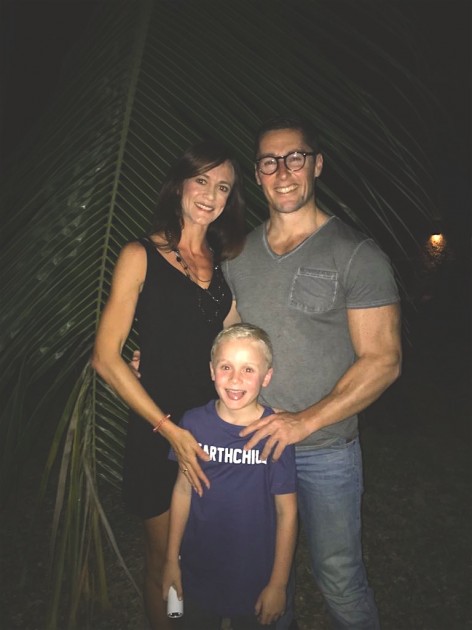
Collecting
What made you want to start collecting art? What is the main motivation behind your collecting?
Art appealed to me visually in the beginning. It was only later on that it became an intellectual study. Being a quite compulsive character, I constantly needed change. The idea of change intrigued me, and also gave me a false sense of progression. I started collecting old South African masters my father used to collect. It became an alternative way to spend money.
Collecting now is probably more of a disease than a motivation. The motivation (to a degree) is, however, the study in contemporary art and the intellectual stimulation opened my world. I found my “Never Never Land” in contemporary art. This is a place I can escape to and where nothing makes sense. A place where my soul could find peace and a place that could challenge the way I see things. Life became art and art became life.
When did you fall in love with a piece of art? What was it?
Quite a difficult question as I do fall in love with most works of art. Not always at first, as sometimes it needs time to grow. Take Seth Price and Wade Guyton as an example. Their works are quiet and not “shouty”, but live with it and it will grow and grow. That is probably why it does not always work in a museum environment. However, in a space where you see it daily, it grows and becomes part of the fiber in your soul.
I have also bought works that I thought would challenge me, and it never did. All collectors make mistakes, and if there is one that claimed he did not make a mistake, then he has not risked enough, nor challenged himself.
Then, you get something like Oscar Murillo, where I saw it and the energy in the work just blew me away. The fact that these were more to his work, as a study and personal journey was just a bonus.
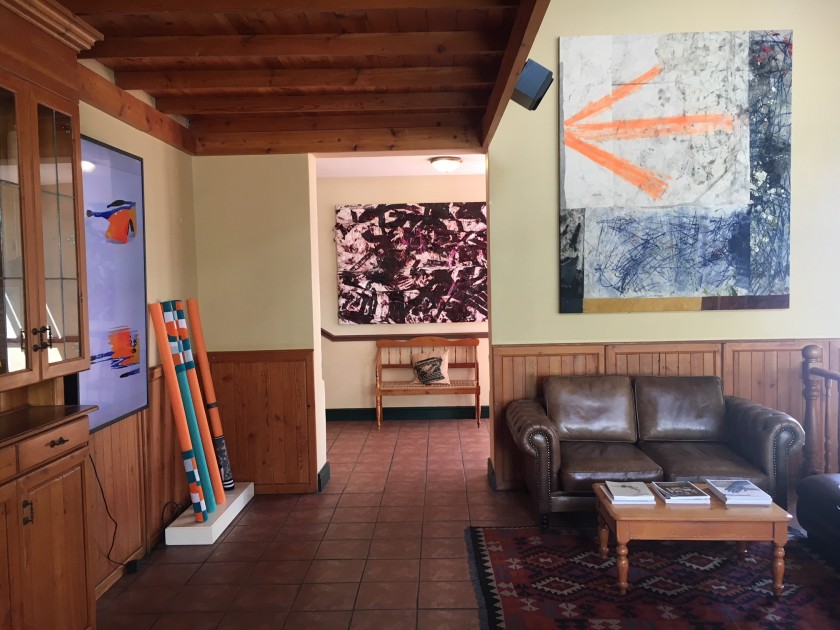
Your father collected South African masters. How does that influence your taste and perception of collecting art?
It did initially, as classic South African art was what I started collecting. This, however, changed dramatically once I started the study of contemporary art.
Growing up with art in the house did influence me strongly, and it is something I wanted to do. I could never have guessed that one day my house would look like a scene out of “Charlie and the Chocolate Factory”.
What is your focus regarding the artists in your collection? Are you more interested in emerging or renowned artists?
Emerging artists is what I focus on. I try and keep the collection focused on artists born after or around 1970, but I do venture into older artists that I feel are influential on the group of artists I collect.
The emerging artists that use new technology or processes are the main focus. Artists like Cory Arcangel, Wade Guyton, Seth Price, Simon Denny, Wolfgang Tillmans, Yngve Holen and some others make up the majority of the collection.
I also like collecting them in depth if I can.
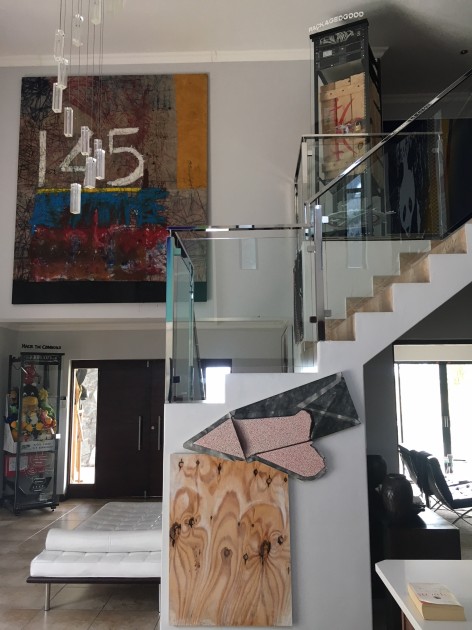
Is there any particular type of art that has consistently attracted you, or anything that unites all the works you have acquired?
The artworks are united by the younger generation challenging my views, either in the use of technology, the conceptual challenge like Jana Euler, or by the personal journey of the artist that I can relate to.
The collection is probably more “weird” than cohesive. There is, however, a symbiotic relationship and singular language in the display and collection of the artworks. I like curating mini exhibitions in my head that sometimes makes no sense to the outside world.
What was the first artwork you purchased?
The first artwork was a sculpture by Dylan Lewis. This reminded me of the past masters my father collected.
I bought the first international artwork at auction and it was a work by Rita Ackermann. It reminded me of Marlene Dumas, and I just loved the figurative process.
My first journey into the “new study” was however with Ned Vena – a black-on-black painting that I love to this day.
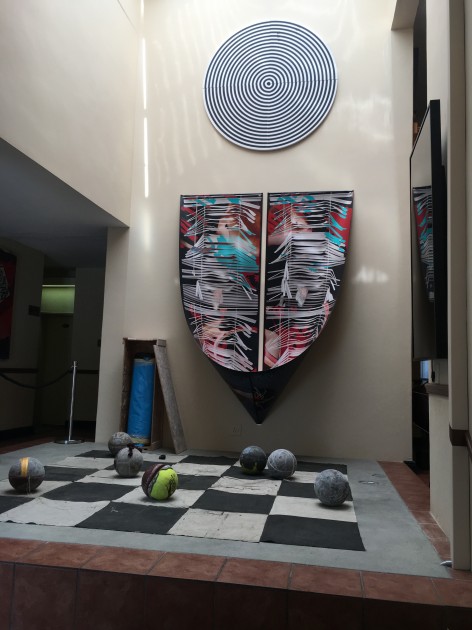
How many artworks do you own? Where do you display your collection?
+/- 300 works.
We already use the hotel (Stellenbosch Lodge www.stblodge.co.za/art for the current exhibition) we have as an exhibition space and for educational purposes. The idea for the private museum is in the pipeline as well. I do, however, loan the works in the collection to museums all across the world, as I effectively use the collection as a library for museum loans and have loaned quite extensively.
The idea would be to get South Africans interested in international art and not merely focusing on African art.
What considerations guide you to make a purchase?
Multiple considerations. The most important would probably be that it challenges me. Then, there are other factors like how it makes me feel, or whether it moves me in some way.
How important is it for you to meet the artists who created the artwork? Do you regularly visit artists’ studios?
It is not really of importance for me as there is enough material available and interviews with the artists to study and get a feel of them.
Also, it is sometimes awkward just walking into an artist’s studio and expect something to happen.
The logistical challenge is great hindrance as I am based in South Africa and collect mostly American and European artists.
I do collect in depth some of the artists who I have contact with, like Oscar Murillo. Being in contact with him gives me a much better understanding of the person, energy, journey and personal story. The fact that he is humble and sincere does affect me greatly.
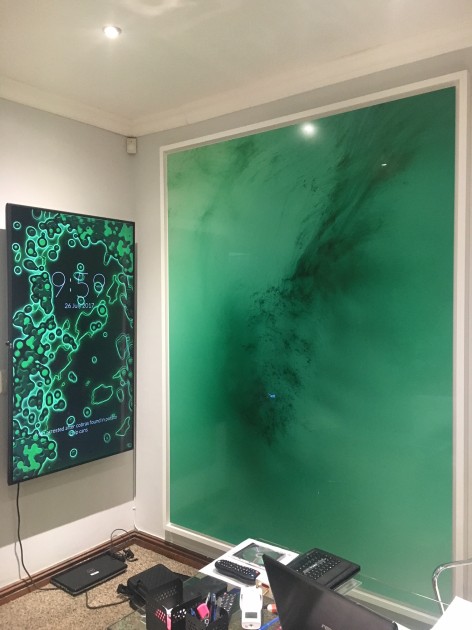
You spend fours hour a day to explore and research on art. How and via what platforms do you get information or read about art?
Art magazines, books, and the Internet. There are so much materials available for consumption that one must work through an array of information, pick what is deemed important and study it.
Studying is like eating fish. You must differentiate between the fish and fish bones. There are multiple opinions out there and the key is to draw your own conclusions and not to follow the herd. This will also lead to mistakes as you cannot be right all the time, and it offers a healthy debate.
I also talk to as many people as I can, from gallerists, dealers, consultants, advisors, artists and, most importantly, fellow collectors.
You are quite active on Instagram. How often do you use it to explore and discover art? Has anything on Instagram ever become your purchase eventually?
I have never purchased something with the use of Instagram.
It is, however, a great tool for someone that can’t travel a lot (or don’t like traveling) as you can see the exhibitions as the collectors or visitors see it, which is much less “staged” and forced than the PDF or exhibition shots sent by a gallery. It is somehow pure and untouched.
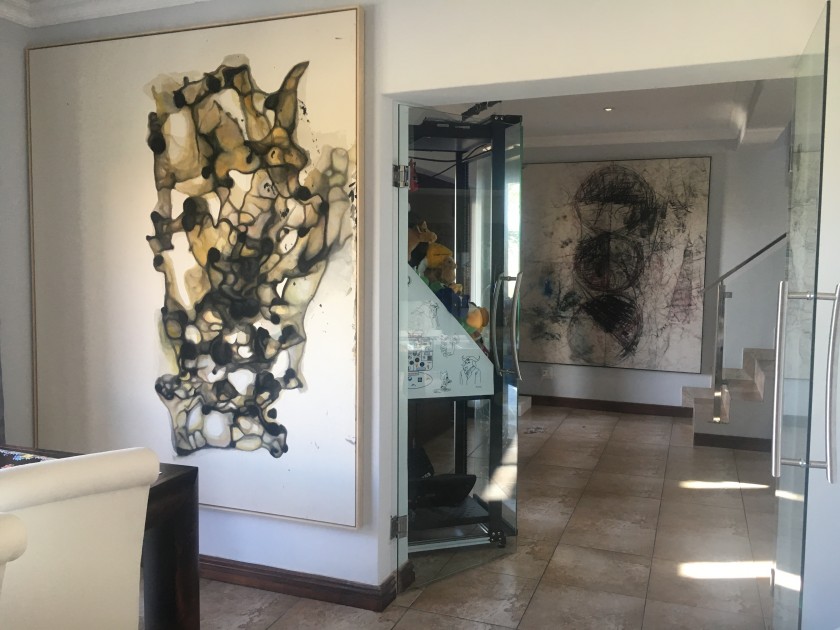
The Art World and South Africa
Who inspires you in the art world?
I cannot really say that someone inspires me. I would rather say that the individual artworks or curated exhibitions, their meaning, purpose and intent inspire me.
How is the art scene in South Africa nowadays? What are its potentials?
The art scene is vibrant and lively, especially with the new museum (Zeitz MOCCA) and a couple of private spaces that opened.
How about the art-collecting scene in South Africa?
The art scene has always been very localized. It is centered in South Africa and its diaspora. The collectors are confined to our geographical location, political views, and local challenges. This is probably largely due to our political past, isolation, and the fact that for a long period, our art was seen as a tool for the apartheid era, and collecting was exclusively for the “white” select.
The fact that our collectors collect exclusively African Art and its diaspora is not necessarily bad thing, as the support for local artists is very good. But I feel there could be more.
The potential is immense. I would put it akin to the “opening” of Asia to the international art world some 15 years ago. The possibility is there to open up the minds of our youth, collectors and artists to think more globally, to teach our people to think and act globally. There are so many international businesses that has its origin in South Africa, but for some reason, our art has not followed in the same vein. The world is our playground and we should use it.
There is a large group of collectors and patrons that is now starting to look at international artists, even if just to understand our own artists better and place South African artists in context to what is happening in art internationally.
I think the big challenge is the access to artworks, global discussions and costs. Once there is art offered locally by international artists, it would open up the space for discussion, collecting and intellectual exploration. It is so much easier when artworks are presented as available and the contexts are explained.
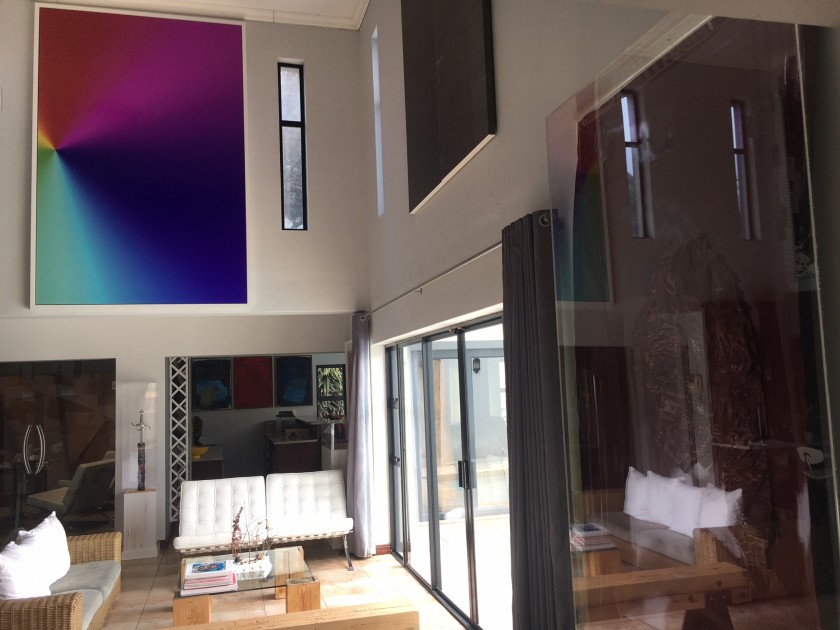
Oscar Murillo – Set of 7, Danh Vo – We the people, Wade Guyton – Monochrome, Cory Arcangel – Photoshop Gradient. Courtesy of Louis Kotze.
Can you name some emerging artists from South Africa who should be on our radar?
There are some artists that really grab me and they are starting to gain some international recognition:
Simphiwe Ndzube. He is bright, young and has developed a unique language that is somewhat based in a dream state, a state of limbo between reality and dreams. He has just had a fantastic exhibition in LA, his first international show, and I thought it was very strong.
Athi-Patra Ruga. His recent venture into sculpture really intrigues me. He is primarily a performance artist. His tapestries and photographic works are strong, and I think there are more exiting things to come.
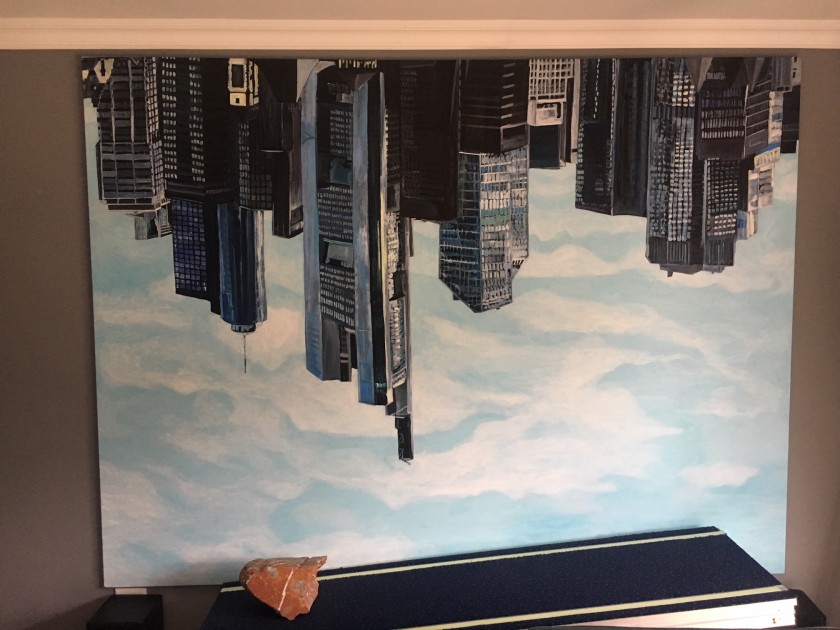
Instagram: @ljwkotze
A selection of artists Louis collect:
Cory Arcangel
Seth Price
Wade Guyton
Wolfgang Tillmans
Yngve Holen





